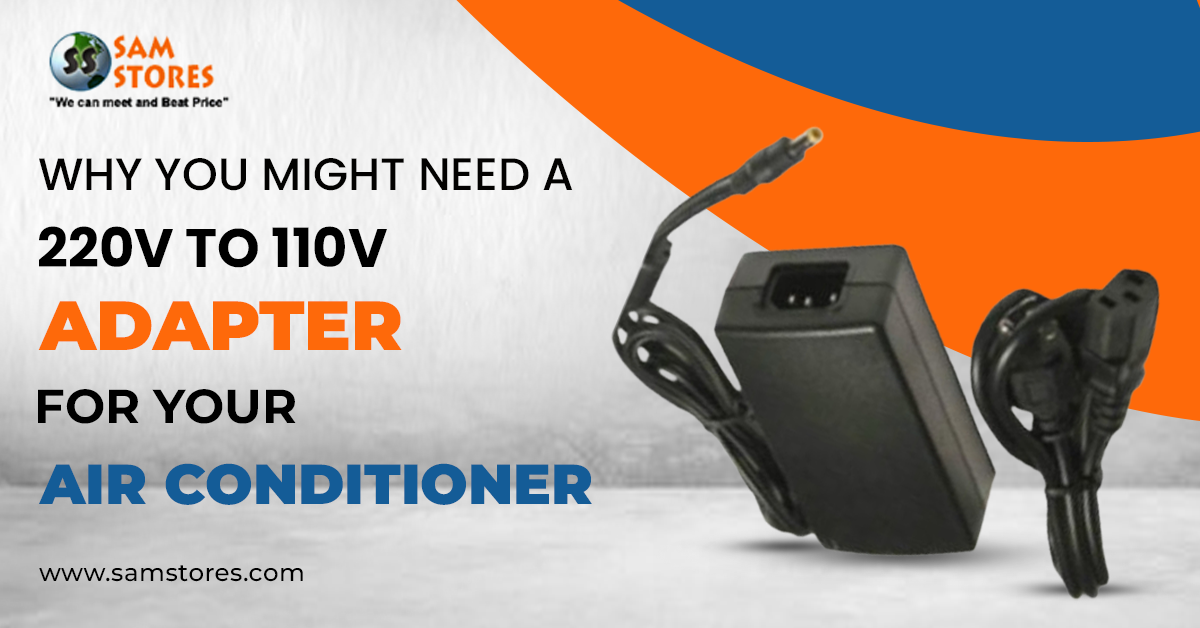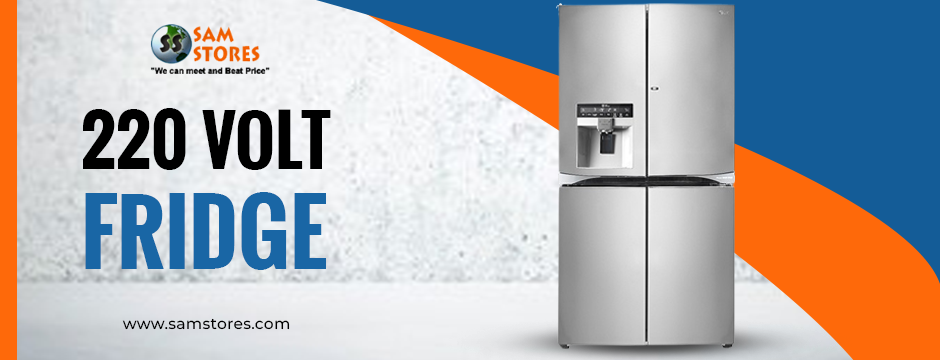When it comes to maintaining a comfortable home environment, a 220 volt air conditioner with heat is an excellent option. It provides both cooling in the summer and heating during colder months, making it a versatile solution for year-round temperature control. However, like any home appliance, it’s important to make sure your air conditioner operates efficiently to reduce energy consumption and lower utility bills. In this blog, we will share some practical tips on how to improve the energy efficiency of your 220 volt air conditioner, ensuring that it performs at its best without wasting energy.
1. Choose the Right Size Unit
One of the first steps in improving energy efficiency is ensuring that your air conditioner is the right size for your space. A 220 volt air conditioner that is too large or too small for the room will lead to energy waste. If the unit is too big, it will cool or heat the room too quickly, causing it to cycle on and off frequently. This can waste energy and increase wear and tear on the system. On the other hand, a unit that is too small will have to run continuously to reach the desired temperature, which also uses more energy.
Before buying or installing your unit, check the manufacturer’s recommendations for the room size and make sure the cooling and heating capacities match your needs.
2. Keep Your Air Conditioner Clean
A dirty air conditioner works harder than a clean one. Dust and dirt buildup on the filters, coils, and vents can block airflow and reduce the unit’s efficiency. Regular maintenance is key to ensuring your 220 volt air conditioner operates effectively.
Make sure to clean or replace the filters every 1-3 months, depending on usage. Clean the coils and vents periodically to remove dirt, dust, or debris that might clog the system. A clean air conditioner will work more efficiently, cooling or heating your space faster and using less energy.

3. Seal Gaps and Insulate Your Home
Even the best air conditioners can struggle if the space they are cooling or heating is not properly sealed. Drafts and gaps around windows, doors, and other openings allow air to escape, making it harder for your 220 volt air conditioner with heat to maintain the desired temperature. This forces the unit to run longer and consume more energy.
Check for drafts and seal any gaps with weatherstripping or caulk. Adding insulation to your home, especially in the attic or around windows, can help maintain a consistent indoor temperature. A well-insulated home reduces the workload on your air conditioner, improving its energy efficiency.
4. Utilize the Thermostat Wisely
Many modern air conditioners come with a programmable thermostat, allowing you to set specific temperatures for different times of the day. By using your thermostat wisely, you can avoid unnecessary energy consumption. For instance, set the thermostat to a higher temperature in the summer and a lower temperature in the winter when you’re away from home or sleeping.
In the summer, aim to keep your air conditioner at around 78°F (25-26°C) when you are home and raise it a few degrees when you are away. In the winter, set the temperature at 68°F (20°C) or lower during the day and lower it further when you’re not at home. A programmable thermostat will adjust the temperature automatically, ensuring that your 220 volt air conditioner is not running unnecessarily.
5. Use Ceiling Fans to Circulate Air
Ceiling fans are a great way to make your 220 volt air conditioner with heat more efficient. In the summer, set the fan to rotate counterclockwise, which helps cool the room by pushing air down. In the winter, reverse the fan direction clockwise to push warm air from the ceiling down to the floor. This circulation helps maintain a comfortable temperature without the need for additional heating or cooling.
By using fans in combination with your air conditioner, you can reduce the load on your system and help it perform more efficiently.
6. Keep Sunlight Out During the Day
Sunlight streaming through your windows can heat up a room quickly, causing your air conditioner to work harder. During the summer months, close blinds or curtains during the day to block out direct sunlight. You can also consider using heat-reflective window films or thermal curtains that prevent heat from entering your home.
In the winter, open your curtains during the day to let in the warmth of the sun, and close them at night to trap the heat inside. This simple strategy helps regulate your home’s temperature without relying too heavily on your air conditioner.
7. Schedule Regular Maintenance
Just like any other appliance, your 220 volt air conditioner with heat requires regular maintenance to stay in top working condition. Annual professional inspections and tune-ups will help ensure that the unit is running efficiently. A technician can check for refrigerant levels, clean internal components, and make necessary repairs before small issues turn into costly problems.
By scheduling routine maintenance, you can catch potential problems early and extend the lifespan of your air conditioner while keeping energy use to a minimum.
8. Upgrade to a More Energy-Efficient Model
If your air conditioner is old or inefficient, it might be worth considering an upgrade to a more energy-efficient model. Newer 220 volt air conditioners with heat are designed with advanced technology that reduces energy consumption while still providing excellent cooling and heating performance. Look for models with high SEER (Seasonal Energy Efficiency Ratio) and HSPF (Heating Seasonal Performance Factor) ratings, which indicate greater energy efficiency.
Although it might require an initial investment, upgrading to an energy-efficient unit can save you money in the long run by lowering your energy bills.

Stay Cool and Save Energy with Sam Stores
Looking for an energy-efficient solution for your home? At Sam Stores, we offer a wide selection of high-quality air conditioners, including the popular 220 volt wall air conditioner. Whether you need cooling or heating, our units provide year-round comfort with superior energy savings. With easy installation, reliable performance, and affordable pricing, Sam Stores has the perfect solution to keep your space comfortable without breaking the bank. Visit us today for all your air conditioning needs!
Conclusion
By following these energy efficiency tips, you can optimize the performance of your 220 volt air conditioner with heat, ensuring that it keeps your home comfortable without consuming excess energy. From choosing the right size unit and maintaining clean filters to using a programmable thermostat and sealing drafts, each step you take will help reduce your energy consumption and save you money. Remember, regular maintenance is essential for keeping your system in top shape, so don’t forget to schedule annual check-ups. With these strategies, your air conditioner will continue to provide reliable and energy-efficient heating and cooling for years to come.



























